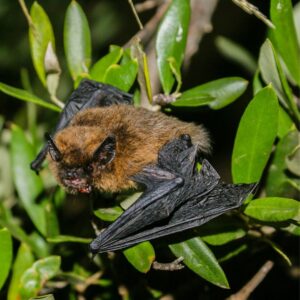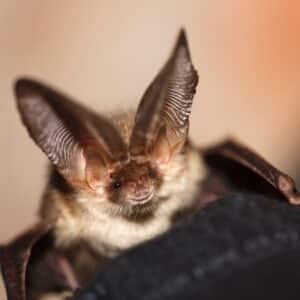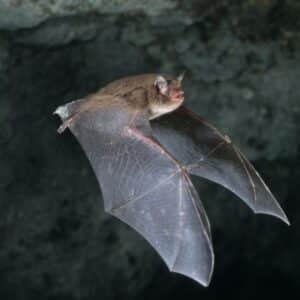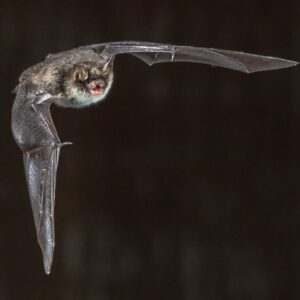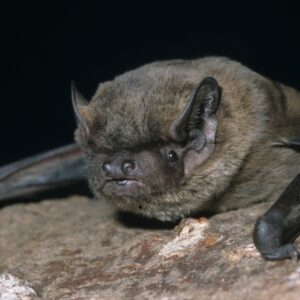Eye of newt, and toe of frog, wool of bat, and tongue of dog
That’s what the Three Witches used for their famous brew in Shakespeare’s Macbeth. But did you know that the Three Witches were probably referring to mustard seed, buttercup, holly leaves, and houndstongue! In ancient times this is what these plants were often referred to.
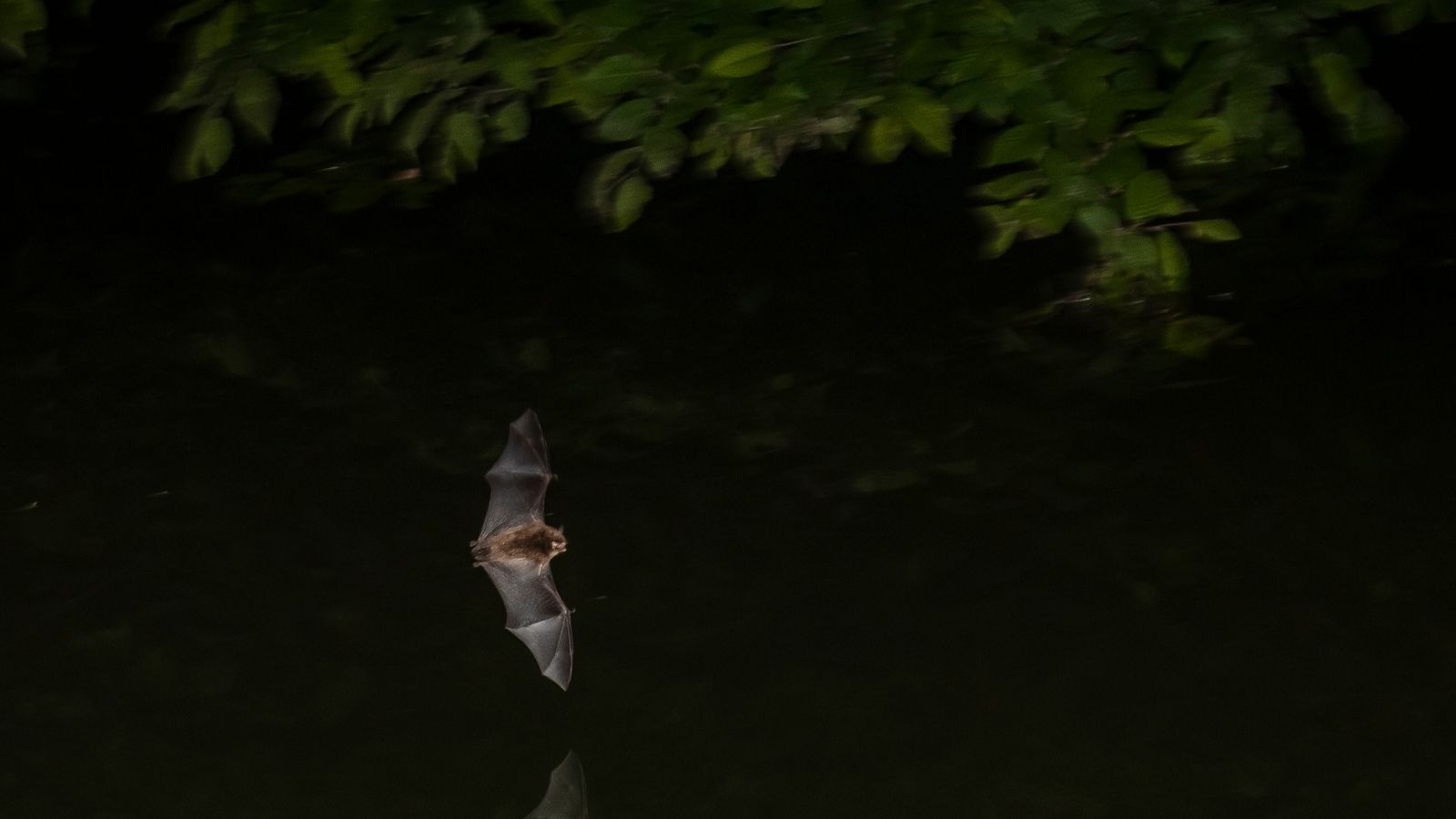
This, along with Bram Stoker’s 1897 novel Dracula, might be one of the reasons why we associate bats with Halloween and general spookiness. Or it could be because these amazing mammals are nocturnal, or perhaps even because of their totally unique, but beautiful, looks.
Hibernation explained
Depending on the weather most bats start to hibernate in late October to early November. Hibernation can last around 5 months, so you might not see another bat until May!
As they hibernate their heart rate drops to around beats a minute, which is a huge contrast to their flying heart rate which can be as high as 1,000 beats per minute. A bats amazing speed and agility needs a lot of power. Bats also lower their body temperature and metabolic rate. Doing this means that they can live off the fat they have stored up, rather than having to rely on dwindling numbers of insects.
Where do bats go to hibernate?
In late autumn bats will start to look for their winter residences. Often, we think of bats living in caves, but they also roost in trees, old mines, abandoned or disused cellars, old barns, and tunnels. As they can’t build nests, they’ll simply look for a quiet, sheltered spot, where they can avoid dramatic temperature changes and the worst of the winter weather. In fact, bats can squeeze themselves into tiny gaps, and they’ll hibernate in any position.
Which bat species can I see?
It’s not too late to spot bats this year, but you’ll need to act quickly before they go into hibernation. The best time to spot them is at dusk, when they’re feeding. If you are lucky they might get very close to you if you stand still enough.
The good news is that bats love feeding near rivers. Tree-lined rivers provide ideal foraging habitat for bats, as lots of insects gather above the water, in the shelter provided by the trees. So bats use rivers as feeding spots, and as maps to move around their areas.

